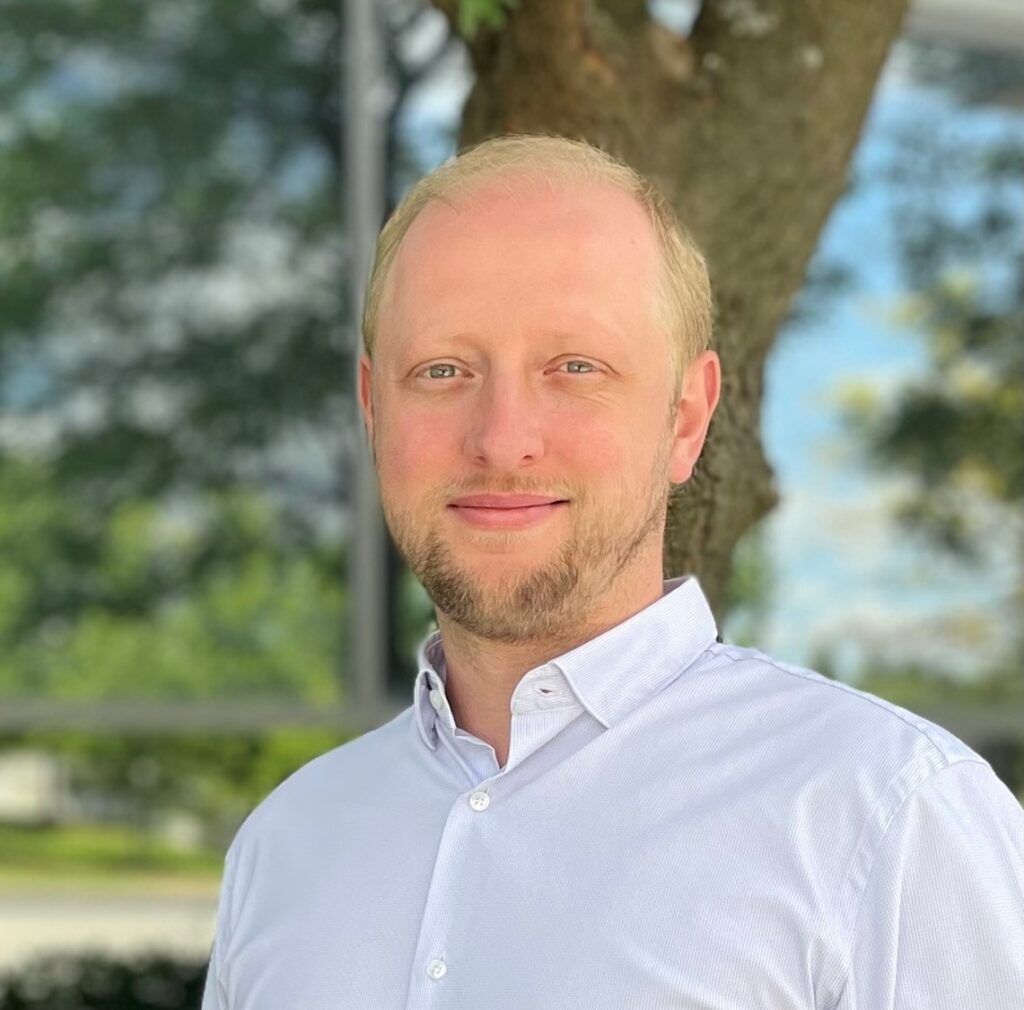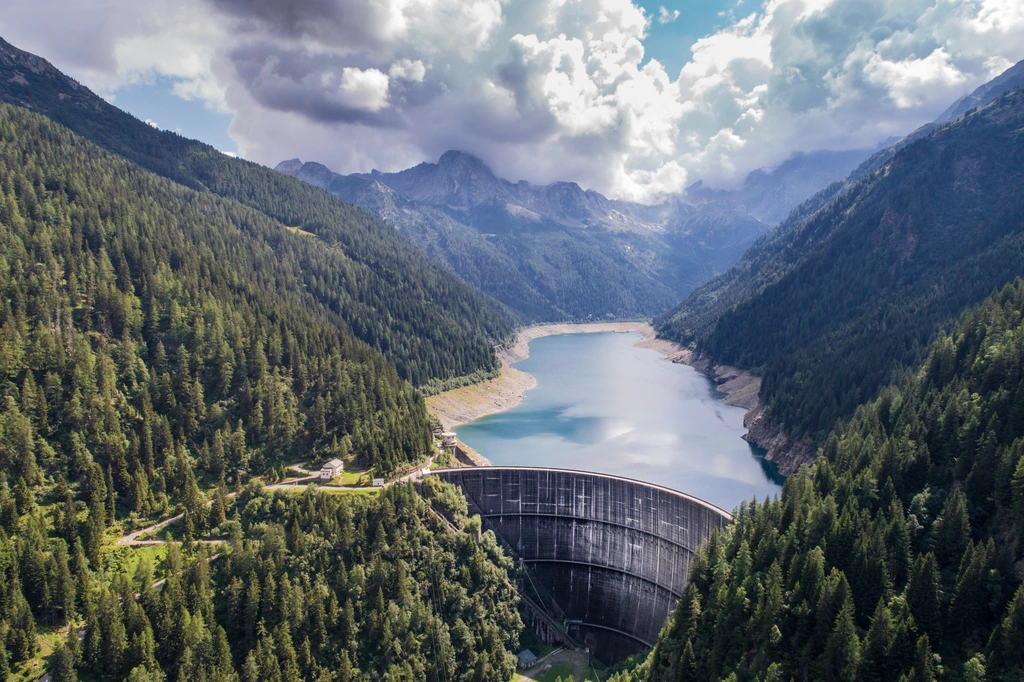Guest blog by Arnaud Rahier, Managing Director, Tractebel Inc.

As Canada moves toward decarbonization, there is a growing need for solutions that make the electricity system more agile and secure. The integration of renewable energy sources into the grid, such as solar and wind, whose production varies throughout the day, requires mechanisms capable of maintaining the balance between generation and consumption.
Balancing this equation is one of the challenges facing the electricity system, and among the alternatives, the Pumped Storage Hydropower (PSH), a type of reversible hydroelectric system, stands out for offering the stability needed for this new stage in the sector.
The study World Hydropower Outlook 2025, published by the International Hydropower Association, highlights the advancement of hydropower worldwide, with special emphasis on the rapid expansion of the PSH system, recognized for decades as the “water battery” of the electricity sector, pumping water to an upper reservoir during periods of lower consumption and reversing the flow to generate electricity at times of higher demand.
Globally, hydropower represents the largest source of renewable electricity, accounting for 14.3% of generation and contributing to the stability of systems in more than 150 countries.
Efficiency, flexibility, and sustainability on a large scale
Among the advantages of this pumped storage hydroelectric plant model are:
- Large-scale storage capacity: it can reach the order of gigawatt-hours, much higher than what is currently possible with electrochemical batteries.
- High operational flexibility: it can start operating in a few minutes and contribute to the balance of the electrical system in real time.
- Efficient integration with intermittent renewable sources, such as solar and wind: since they allow the absorption of excess generation, reducing energy losses and preventing the curtailment of generation during periods of low demand.
- Long service life: reversible plants are capable of operating for more than 50 years with proper maintenance, which sets them apart from chemical batteries, which suffer progressive degradation over a few years.
- Finally, sustainability is another differentiator: storage is achieved through water, without the need for rare metals or chemical inputs with high environmental impact, reinforcing the clean and long-lasting nature of this technology.
These characteristics add to the fundamental role they play in grid stability, supporting frequency and voltage control and ensuring greater reliability of the grid and energy supply. Globally, remuneration models vary but are increasingly evolving to reflect the true value of flexibility and storage.
The strategic role of the PSH system in Canada
The expansion of the reversible power plant system reaffirms the central role of hydropower in the global energy transition and highlights the opportunity for countries such as Canada, with abundant water resources and ambitious climate goals, to take the lead in a new phase of growth in the sector.
Canada faces a clear challenge: meeting the decarbonization targets outlined in the Canadian Net-Zero Emissions Accountability Act, which aims to reduce greenhouse gas emissions by 40% to 45% by 2030 compared to 2005 levels, increase this reduction to 45% to 50% by 2035, and achieve carbon neutrality by 2050.
To achieve these goals, it will be necessary not only to increase the share of intermittent renewable sources, such as solar and wind, but also to ensure storage mechanisms capable of handling the variability of these sources and ensuring the stability of the power grid.
This expansion should be supported by a combination of conventional and reversible hydroelectric plants, which together offer clean generation capacity, reliability, and operational flexibility.
To achieve this model, Canada must address three key areas of growing demand:
- Modernizing existing plants, many built decades ago, to meet new flexibility and efficiency standards.
- Developing new hydropower projects in untapped regions.
- Expanding pumped storage projects (PSPs), true “water batteries” that store energy during low demand and return it when needed.
By investing in the integration of the two plant models, Canada will not only strengthen its energy security but also create the conditions to absorb growing volumes of variable renewable generation into the grid.
This combination is key to sustaining the long-term energy transition, reducing emissions, ensuring the sector’s competitiveness, and positioning the country as a global benchmark in clean and flexible energy solutions.
Local presence to support the energy transition
Since 2022, Tractebel has been operating in Canada through an office in Toronto, focusing on supporting the energy transition and offering engineering services in the areas of hydropower, nuclear and renewable energies.With strong local Partners, Tractebel is expanding its hydropower operations, leveraging global expertise in pumped storage developed since the 1970s.
Cutting-edge engineering and global experience
In 2024, Tractebel was recognized as the second largest hydroelectric engineering company in the world, according to the Engineering News-Record ranking.
With more than 500 large dams engineered and an installed hydroelectric capacity of over 150,000 MW, we are listed by the World Register of Dams, published by ICOLD (International Commission on Large Dams), as the consulting firm with the most comprehensive experience in dams on a global scale.
Among our recent milestones is the role of Design JV Lead in the Snowy 2.0 design consortium in Australia (2,000 MW, underway since 2019), one of the largest pumped storage projects in the world. Other notable projects include Abdelmoumen PSP (Morocco, 350 MW) and Tehri PSP (India, 1,000 MW), as well as preliminary studies on projects such as Moglice (Albania), Aguayo (Spain), and Nestor 1 (Saudi Arabia).
With over 40 GW of pumped storage projects developed worldwide, Tractebel leads in open/closed-loop systems, underground/surface plants, and incorporating advanced expertise in hydraulic tunnel and reservoir design.
Asset modernization and rehabilitation
The company also specializes in plant modernization, offering comprehensive services and integrating civil, electromechanical, and generation disciplines using BIM methodology.
Projects such as Coo-Trois-Ponts PSP in Belgium (1,160 MW), Ffestiniog PSP in the United Kingdom (360 MW), and Forbach PSP in Germany (225 MW + 50 MW) illustrate our contribution to the upgrading of historic assets that continue to play a strategic role today.
Commitment to Canada’s energy future
Tractebel believes that reversible plants, asset modernization, and new projects are essential for Canada’s decarbonization. Let’s explore how we can accelerate the implementation of solutions together that ensure a clean, stable, and competitive electrical system for future generations. The time to act is now, and we are ready to build that future side by side.
Author Bio
 Arnaud Rahier is the Managing Director of Tractebel Inc., where he implements innovative solutions and delivers top-notch expertise, in Canada, through experienced, multidisciplinary teams in hydropower, nuclear, and renewable energy.
Arnaud Rahier is the Managing Director of Tractebel Inc., where he implements innovative solutions and delivers top-notch expertise, in Canada, through experienced, multidisciplinary teams in hydropower, nuclear, and renewable energy.

